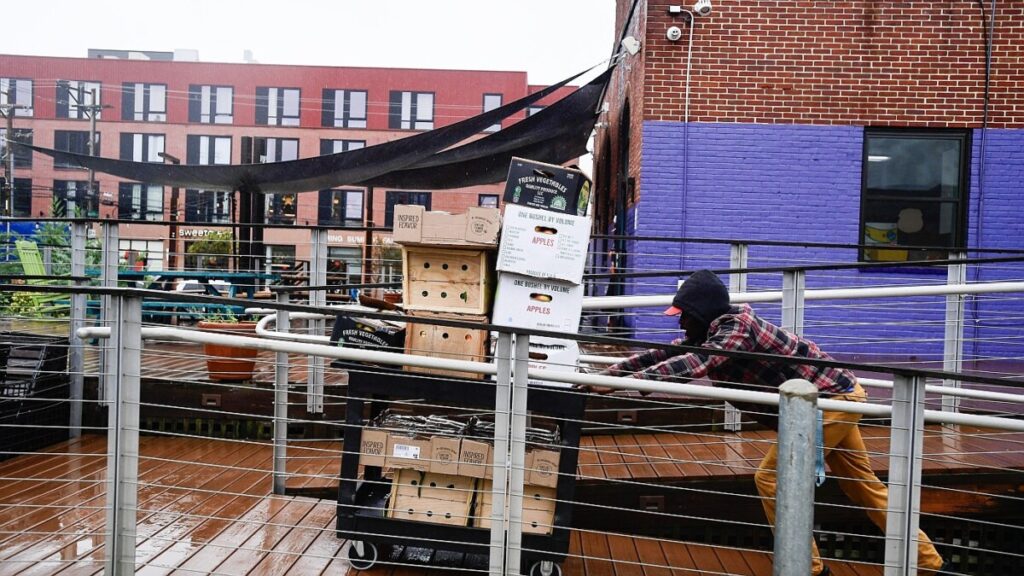With the outlook for SNAP benefits uncertain, food banks are warning of a crisis
As economic challenges persist across the United States, an increasing number of Americans are relying on food banks to meet their nutritional needs. This trend has been exacerbated by rising inflation, stagnant wages, and the expiration of enhanced government assistance programs that were put in place during the COVID-19 pandemic. Food banks, which traditionally serve as a supplementary resource for those in need, are now witnessing a surge in demand that is stretching their resources thin. Administrators caution that while these organizations play a crucial role in alleviating hunger, they are not equipped to serve as a comprehensive safety net like government assistance programs.
In recent months, many food banks have reported a significant uptick in clients, with some experiencing increases of over 30% compared to pre-pandemic levels. For instance, the Greater Chicago Food Depository has noted that more families are seeking help, with many turning to food banks for the first time due to the financial pressures of rising grocery prices and housing costs. This influx has prompted food banks to adapt their operations, often implementing new strategies to meet the growing demand. However, administrators emphasize that the reliance on food banks cannot replace the need for robust government support systems. They point out that food banks typically operate on limited resources, relying heavily on donations and volunteers, and cannot provide the comprehensive assistance that government programs like SNAP (Supplemental Nutrition Assistance Program) offer.
The situation highlights a critical gap in the safety net for vulnerable populations, as food banks are not designed to address the root causes of food insecurity. Many food bank leaders advocate for policies that strengthen government assistance programs and address systemic issues such as poverty and unemployment. They argue that while food banks can provide immediate relief, long-term solutions must include a focus on increasing wages, expanding access to affordable housing, and ensuring that all Americans have sufficient access to nutritious food. As the number of individuals seeking help continues to rise, the conversation around food security is shifting, emphasizing the need for a more integrated approach that combines community support with robust government action to effectively combat hunger in America.
Related articles:
– Link 1
– Link 2
More Americans are turning to food banks to help fill the assistance gap, but administrators caution they aren’t designed to act as a safety net for a government program.
(Image credit: Matthew Hatcher)
Eric
Eric is a seasoned journalist covering US Politics news.



